Description
Pigeon Pea, Cajanus cajan, is a gardeners dream. This 10 foot tall perennial bush produces beautiful clusters of bee buzzing blossoms, followed by pea pods with up to eight seeds. These seeds can be eaten immature, shelled like peas, or eaten at various stages of ripeness dependent on desires. Not only does this plant produce an abundance of pea pods, the tender leaves and shoots can be eaten as well! Pigeon Pea is also nitrogen fixing, gathering nitrogen from the atmosphere and ‘fixing’ it into the soil. Once they are cut back they release this nitrogen and make it available for other plants. This means they can be grown as a cover crop (cut back completely just as they start to flower) or used for coppicing (cut back periodically once woody between 1-6 feet to regrow later).
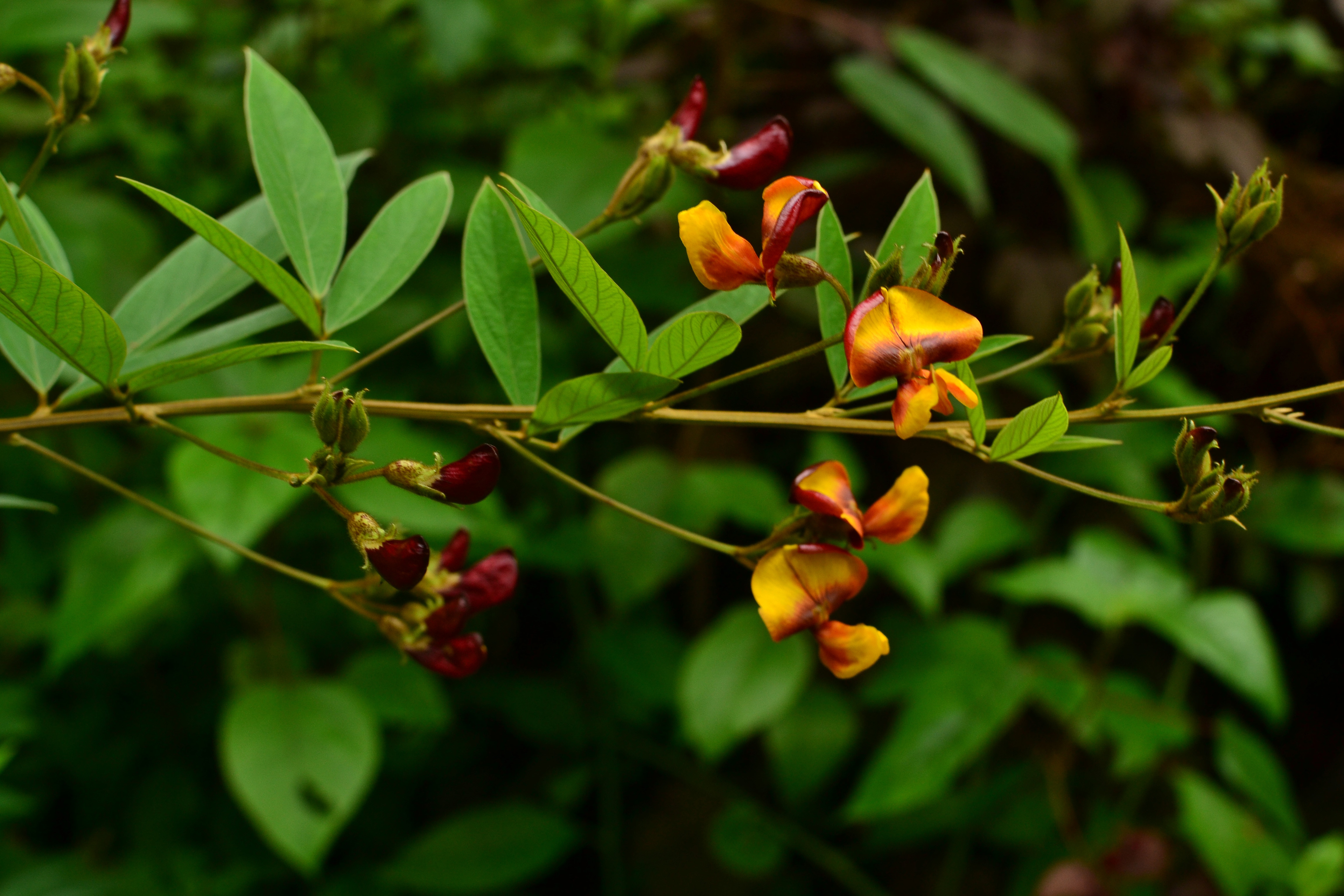
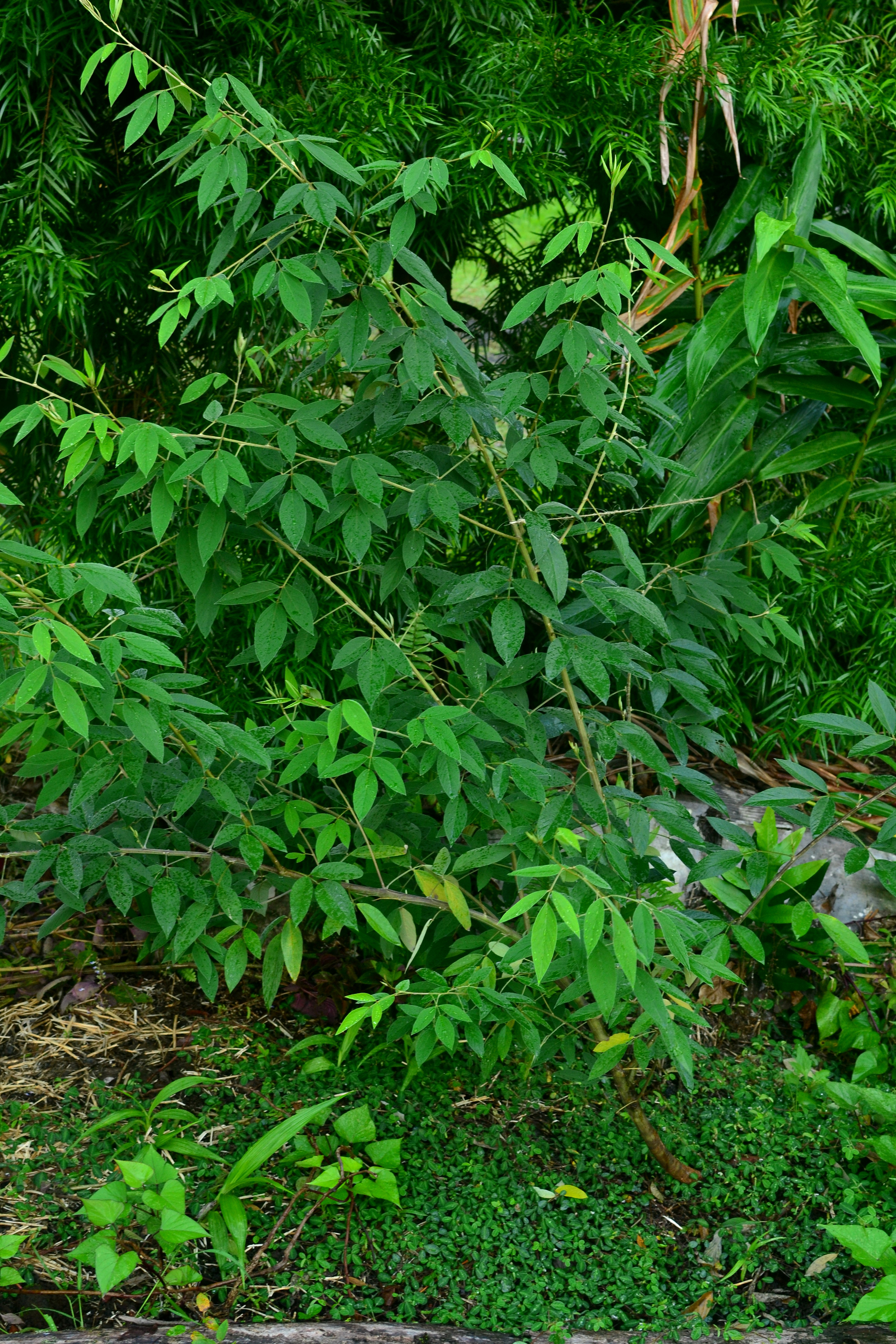
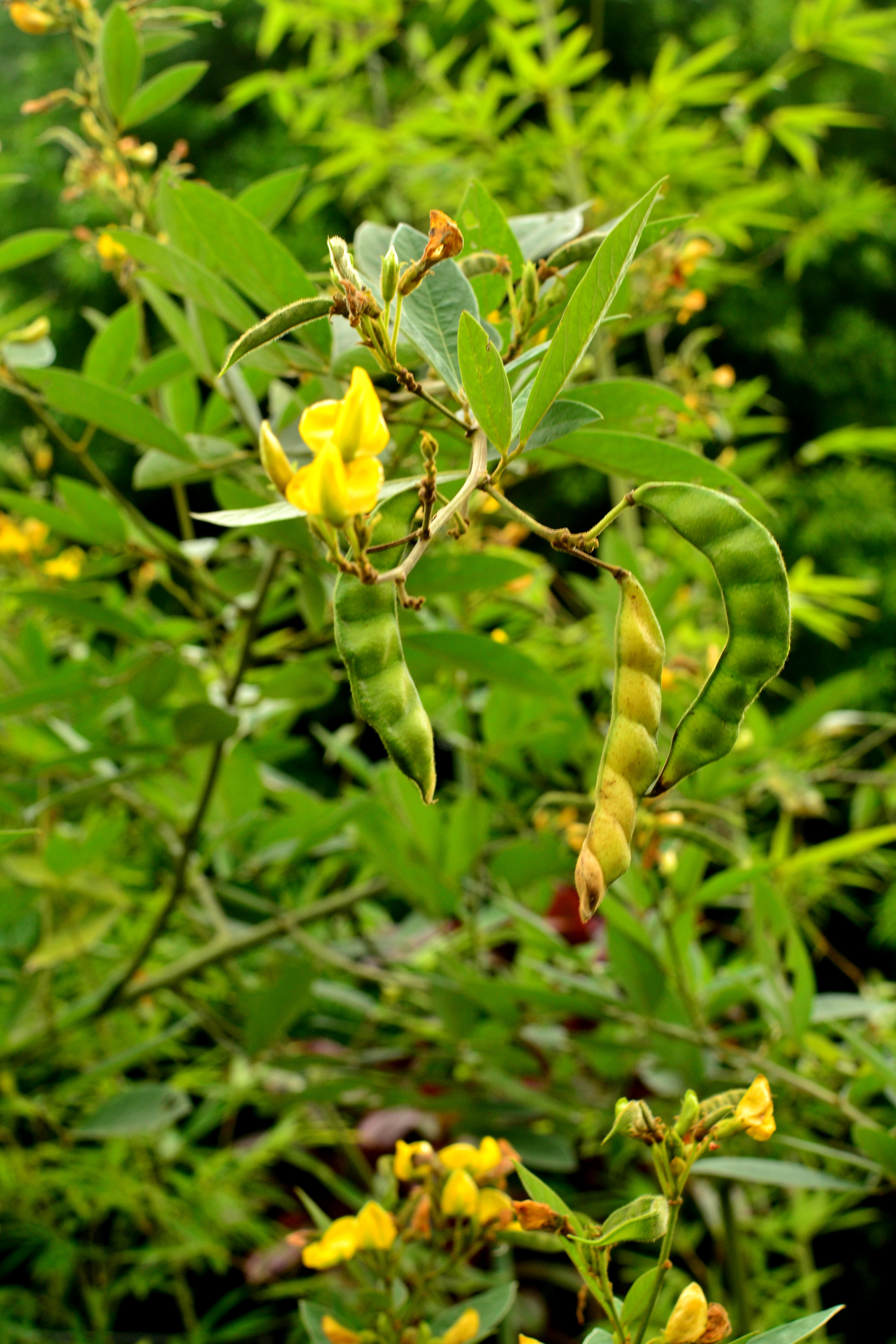
Propagation
Pigeon Pea is propagated by seed. Harvest seedpods when completely dry on plant to save seed.
Check out seed propagation for tips
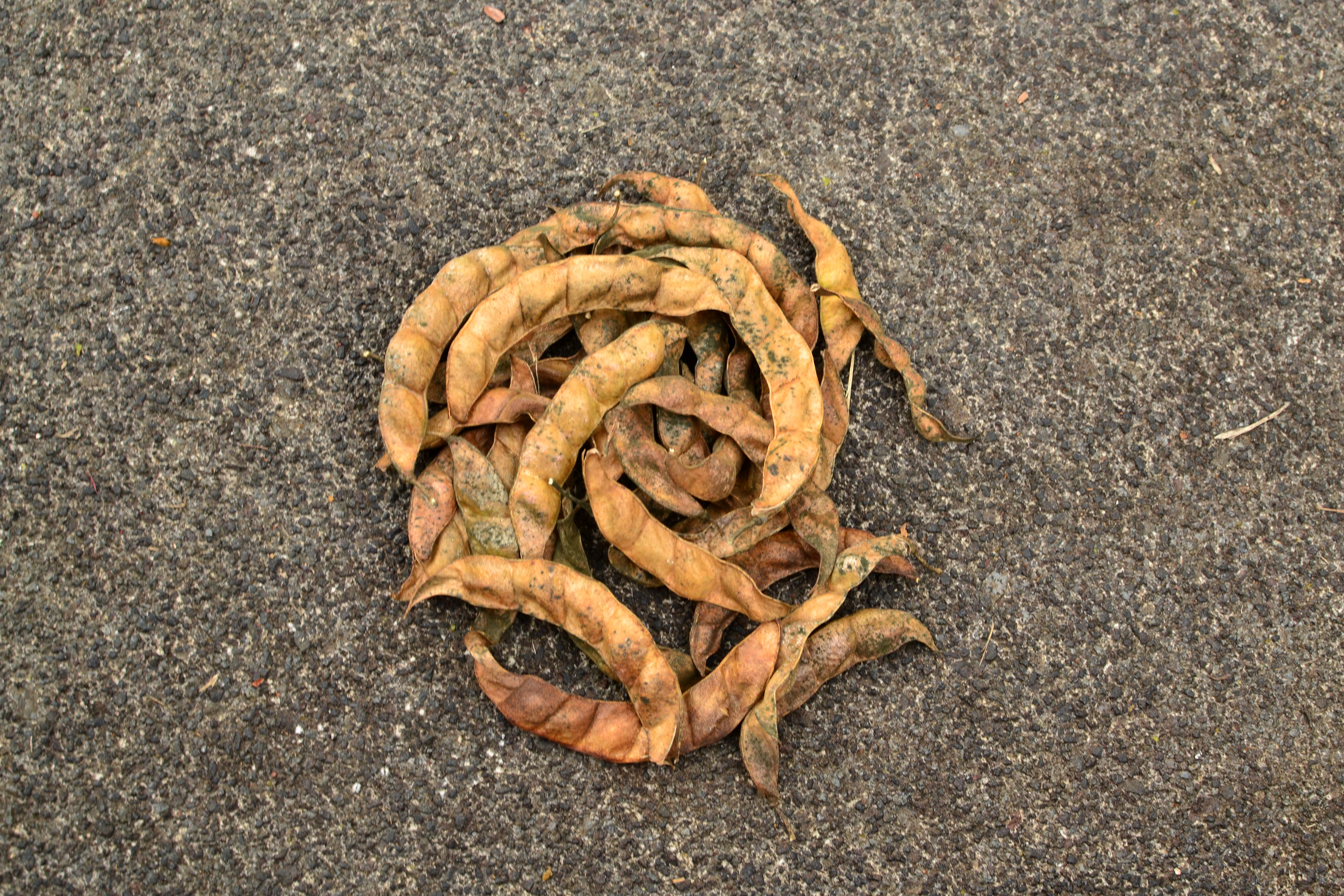
Dried Pods
Care
Pigeon Pea tolerates shade but really thrives in full sun. They grow slowly at first, but once they become established they reach for the sky. Pigeon Pea is a pioneer species, meaning; it is the hardiest of plants growing in any climate or soils.
Eating
Young seeds are shelled and eaten like peas
Mature green seeds are eaten cooked, boiled.
Mature dried seeds are eaten split, cooked as a pulse, in soups, curries, sprouted, fermented, or ground for flour.
Tender under ripe pods can be cooked
Leaves and tender shoots are eaten as cooked greens (steamed, boiled)
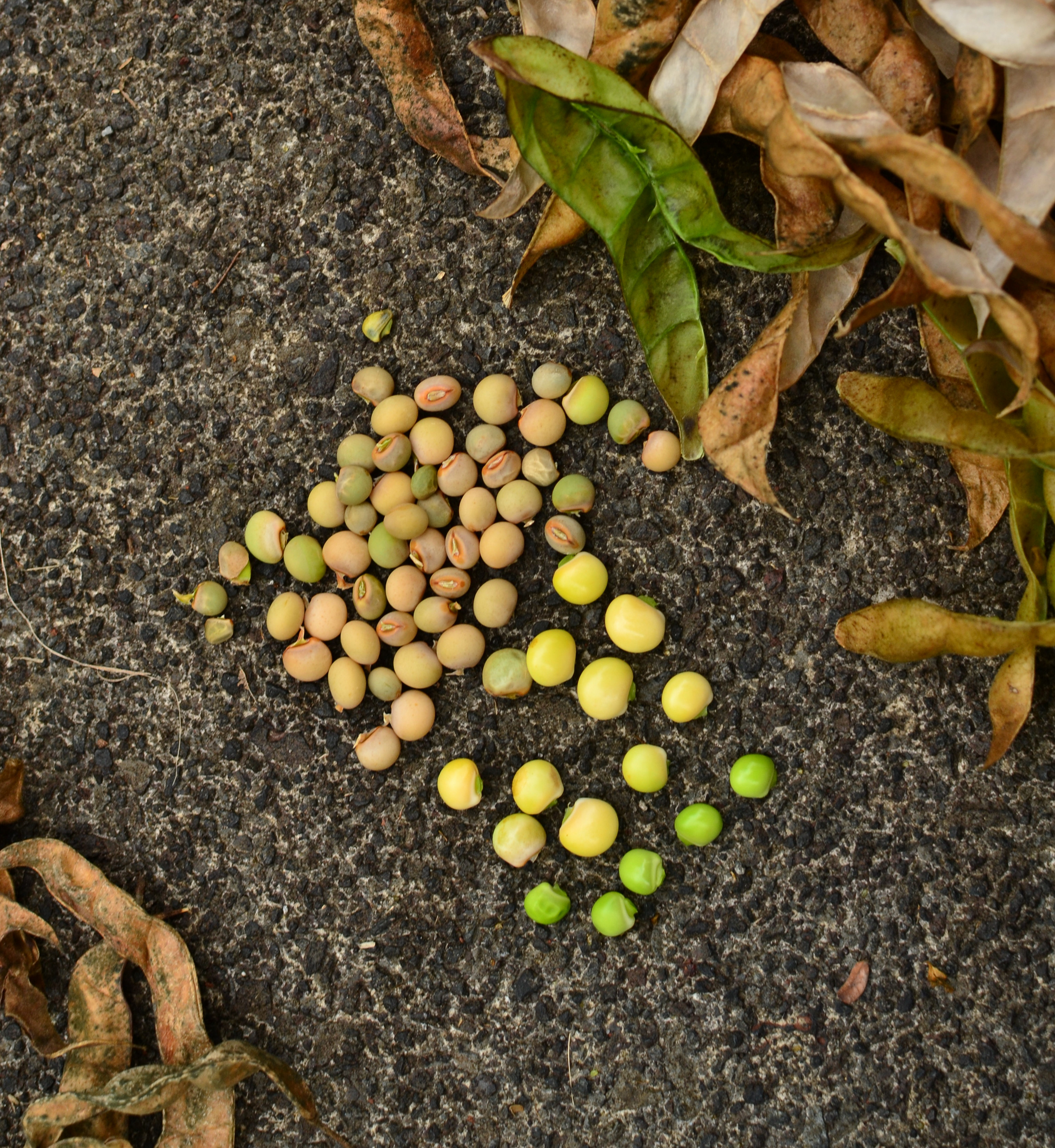
Seed at various stages
Where to obtain planting materials
Get seeds from someone you know or buy them
My Garden
I’ve been growing pigeon pea for a while now, trying it in various places to find its perfect preference. All of my plants start out slow taking at least 6 months before they reach 4 feet. At this stage they seem to start to bush out. The more sun they get the faster they grow. The varieties I have only flower in the shorter days of fall so this plant is not producing year round. I stick it around wherever I can and let it grow. I come by and trim the branches in the path and add them to the bases of my trees feeding them the biomass and the nitrogen in the soil. What a great food plant to have around!
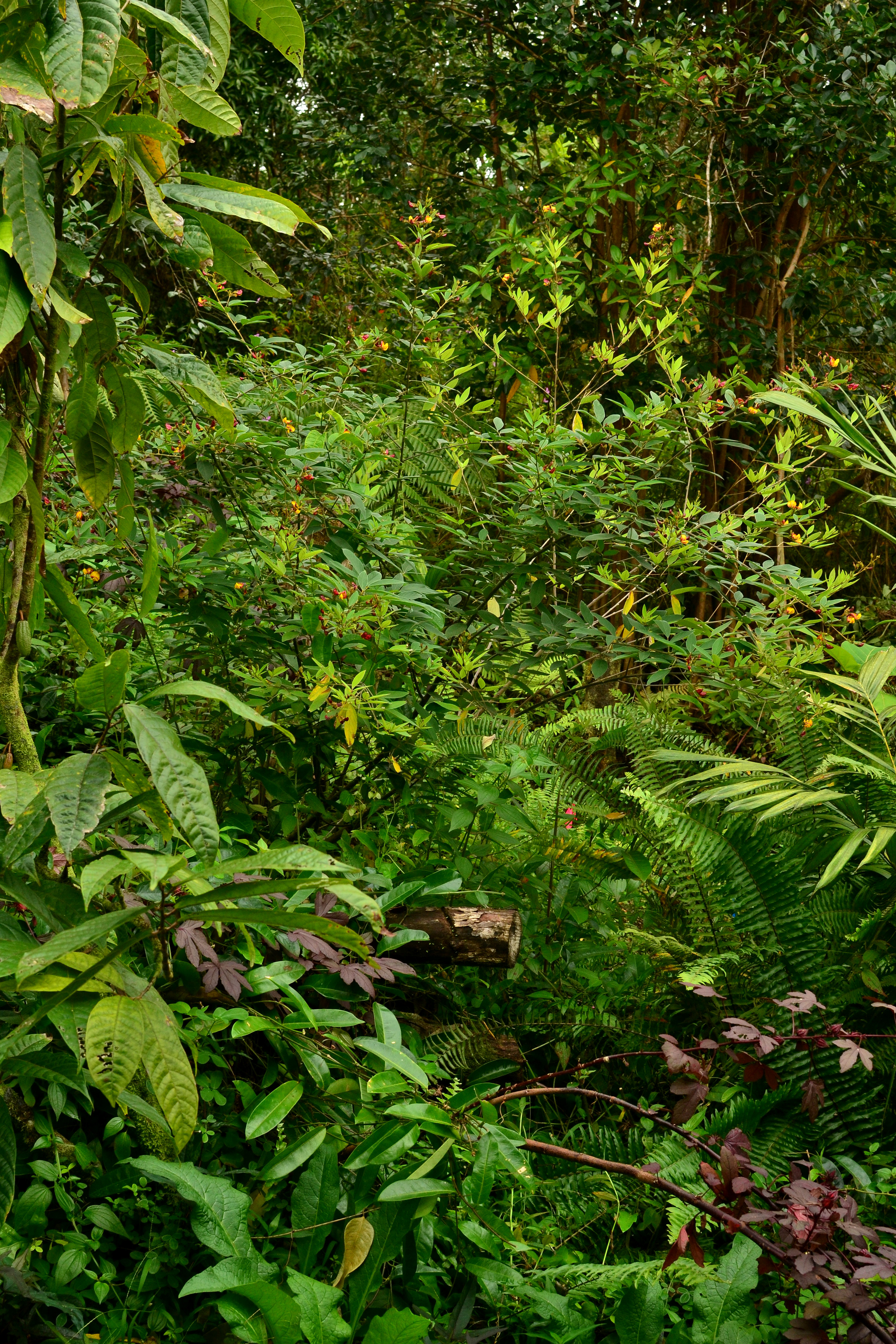
Pigeon Pea with: cacao, cranberry hibiscus, snake fruit, lilikoi, kalo, roselle, pepino dulce and comfrey
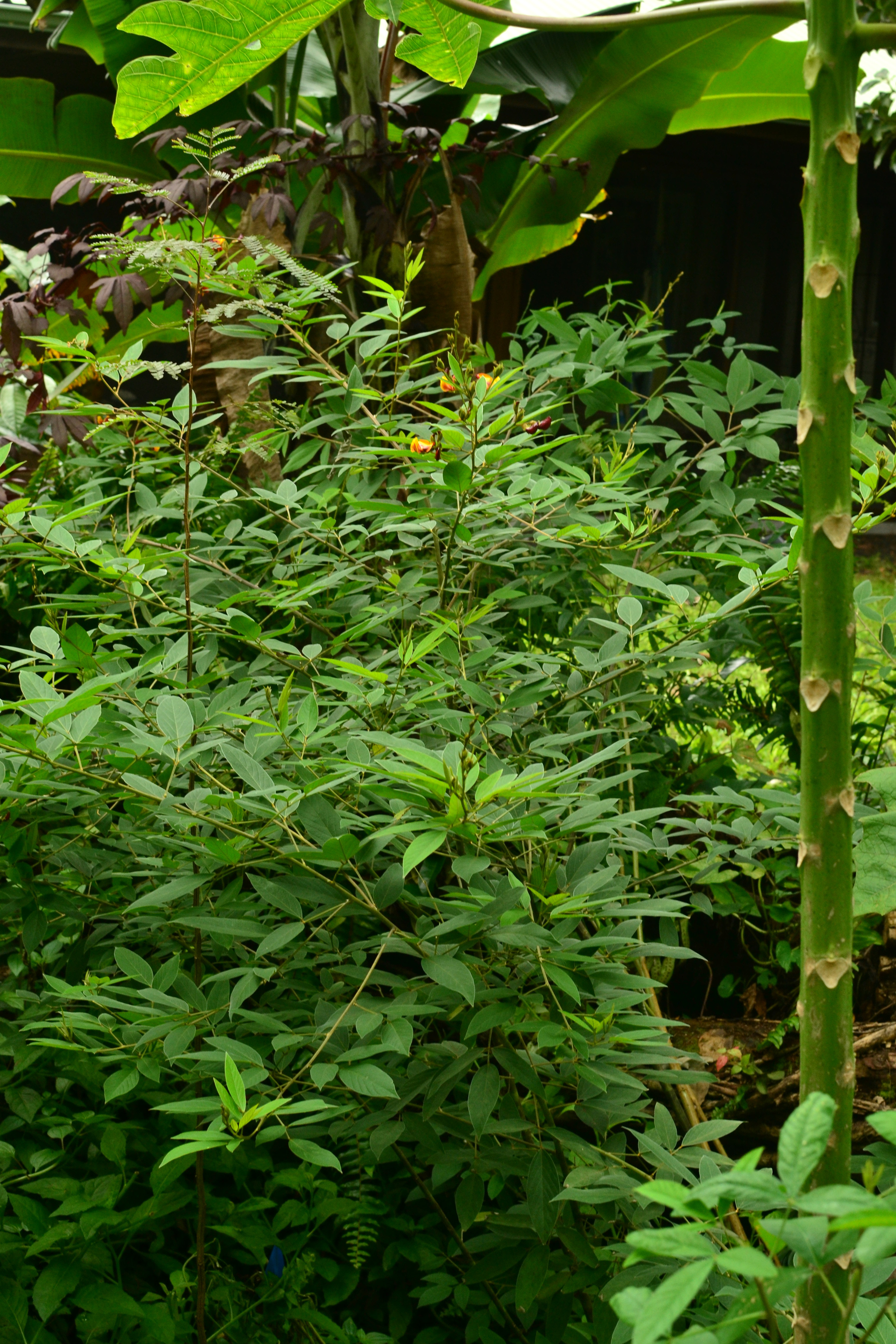
Pigeon Pea with: papaya, banana, koaia, poha, cocona, cranberry hibiscus, okinawan spinach, dragon fruit, mamaki
Happy Gardening!
You mentioned that is very hardy and can take over. Could it become invasive?
good question! as far as i can tell with my plants that are about two years old, i havent seen any sprouts under the parent plants. im thinking that if the pods are left on the plant too long, insects will get in there and eat the seeds making them non-viable (happens plenty of times when im trying to harvest dry beans). mine only produce in the winter so theyre not producing an overabundance of seed throughout the year so you can watch them and make sure theyre not spreading.
when the rains start consistently again, i will try to see if they grow from cuttings. my research didnt have a definitive answer, so i will experiment for myself.
so for now i do not have a for sure answer, but my guess is that it isnt and will not be potentially invasive.